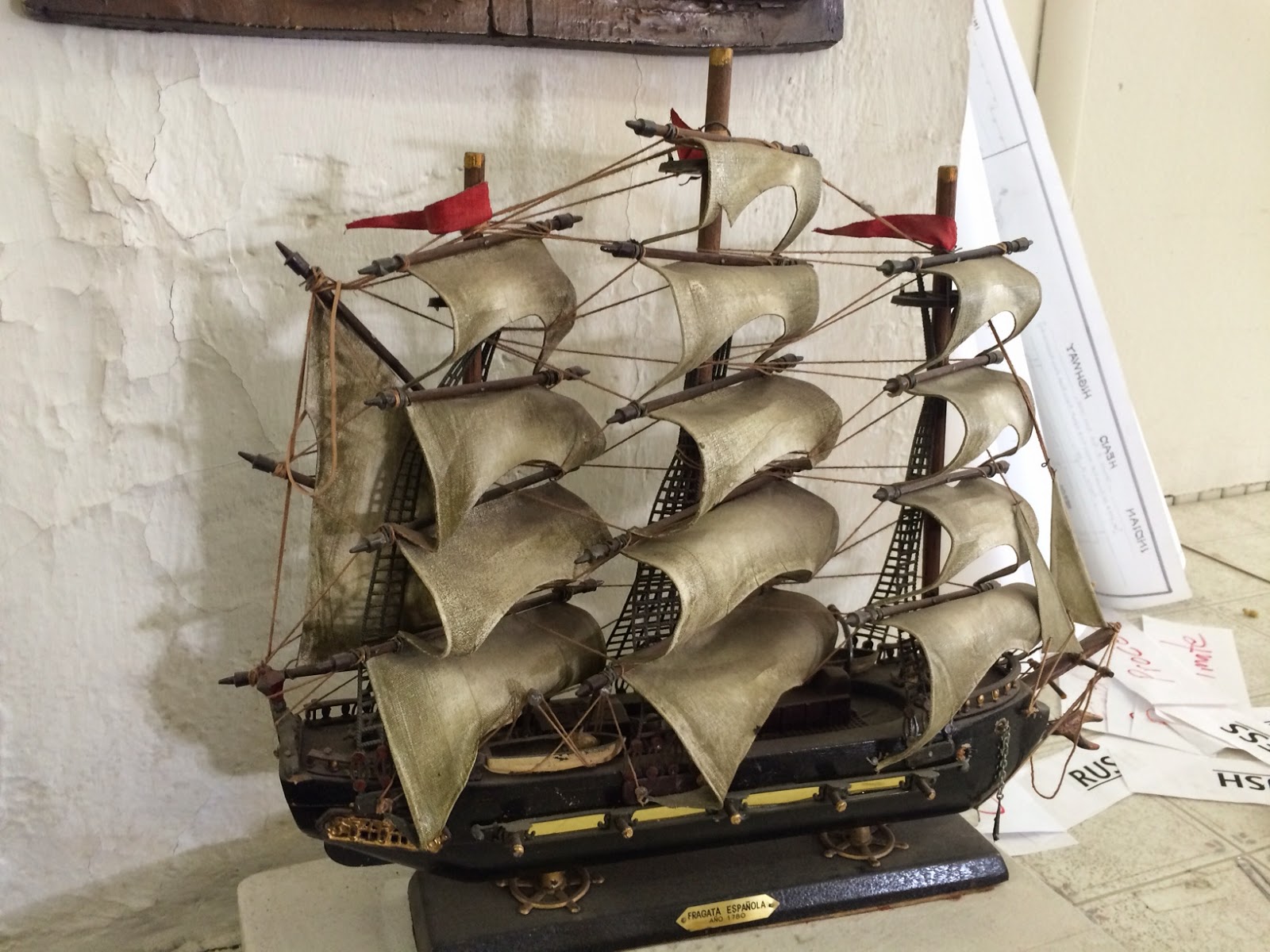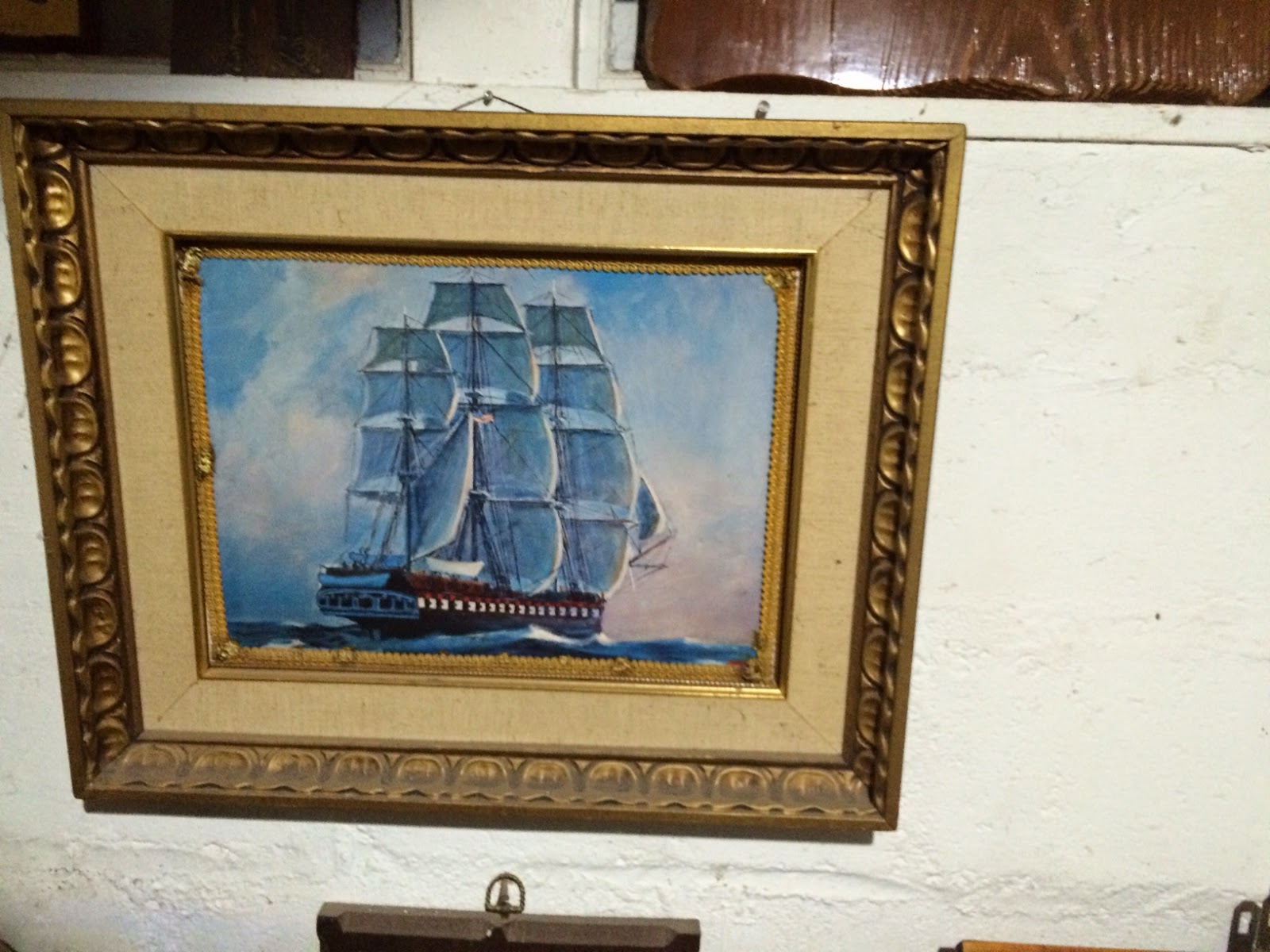So it's been a while since I posted last. Things have been getting busier here at the Surveyor's Office. So that's good. A couple posts ago, I said I would tell you about a teapot. Well I finally have some information about the teapot. It's not much I admit, but it will do. First, here are some pics of the pot.
This teapot is covered in silver. So while it looks black it is actually just tarnished. This piece has a bit of a different story from everything else we have looked at so far. This was purchased not by WL Meekins Sr., but by his wife Donna. She found this teapot at a yard sale and really loved it. A few years back an antique store owner saw it on the shelf and commented that it was probably worth some money. So naturally, I became intrigued.
I think this says AM Nov. 1919. So this is clearly an old piece and maybe the initials belong to someone of importance?
This is on the bottom. Reed & Barton. A Massachusetts company that apparently still makes teapots. This one is number 76. Maybe a rare edition?
I found a website that does appraisals online if you send pictures. Here is what I found out:
Guarantee line
An American silver-plated tea kettle and stand with spirit burner, Reed &
Barton, Taunton, Massachusetts
Description
Compressed circular, part spiral lobed, the knop to the plain lid and the border
to the stand with conforming decoration, high scroll handle.
Date
Circa 1875
Auction Value
$50 - $70
Extra Notes
This appears to be plated Britannia metal as you can see the grey colour of
the base metal where the silver-plating has worn on the spirals. This is a small
version of the tea kettle, which will limit the value somewhat, but the condition
generally looks to be good and it is good to have the original spirit burner.
Silver plating or electroplating is a process that uses electrical current to
reduce dissolved metal cations so that they form a coherent metal coating on
an electrode. Electroplating is primarily used to change the surface properties
of an object, and mainly in this case to give the object the look of being made
out of silver. From a technical point of view, current is passed from the
cathode of an electrolyte cell into the anode (a silver object). Positive silver
ions flow into the cathode from the silver cyanide where they are neutralized and stick onto the object being plated as silver metal. The anode bar loses electrons to become silver ions until it dissolves. Meanwhile the silver metals are transferred to the cathode. This process continues until the desired texture is achieved in the cathode. Rather technical but there you go!
Anyway, not quite as valuable as we had hoped :-(, but even older than I expected!
I think we can learn from Donna, that all things have value. Even if it is a "small version," of something else. She bought this at a yard sale after all, probably for a fraction of what it is worth.
Have a great day!



































